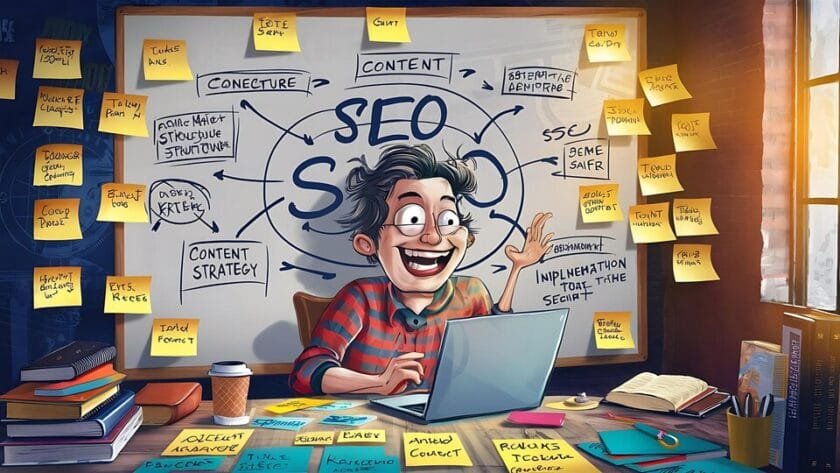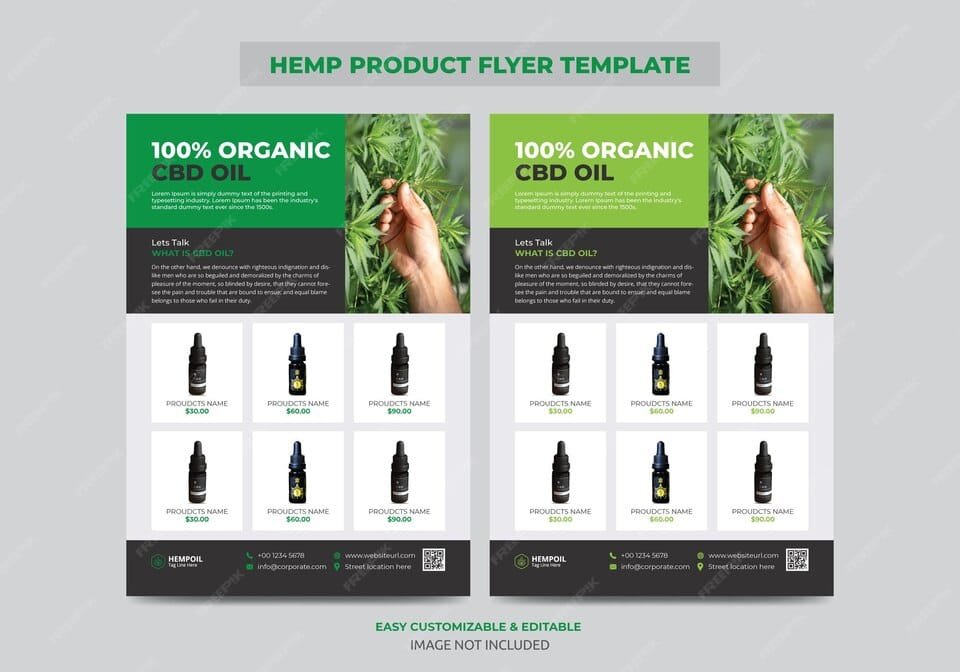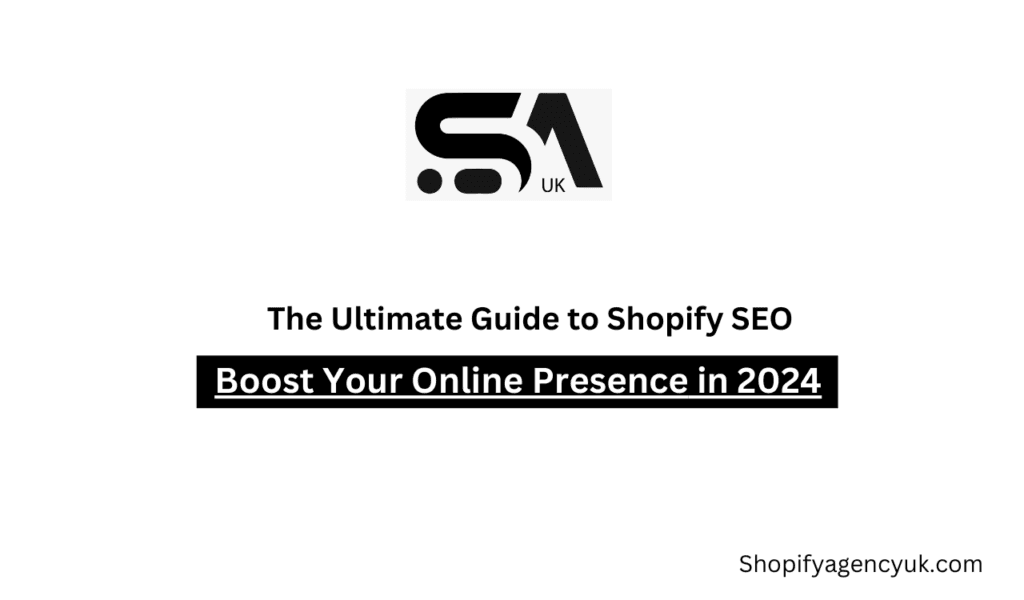The Ultimate Guide to Shopify SEO: Boost Your Online Presence
Shopify SEO teaching contributes to one specific of my individual experiences having a well-optimized store is an essential part of the profitable e-commerce of a robot. The Shopify SEO is a procedure for improving the visibility of the Shopify online store in the search engine results pages (SERPs).
I have been practising the best SEO strategies, and from that, I am astonished to see how you can attract an increase in organic traffic, sales, and online presence. This will list some of the most interesting ways and methods that will help you optimize the Shopify store effectively through that guide.
Why Shopify SEO Matters
The Importance of Online Visibility
With the accelerating shift in consumer behaviour toward online shopping, I feel that breaking through this plethora of search results is now an essential means of staying noticed. Shopify SEO is one of the solutions that will contribute to the improvement of the visibility of your store and provide you with the organic traffic needed to gain brand credibility.
This very kind of shop, which is not just under the SERP search results and ranks higher only, but also builds respect with the users of the website, is a crucial factor for the rates of the purchase of the websites.
Understanding Search Engine Algorithms

I have recognized the fact that search engines.google.com greatly update their systems for their customers to receive the best. Owing to the evolution of the new technologies, SEO strategies develop as well.
Google has initiated some changes that pay more attention to the users of the website, “mobile-friendliness,” and the need for high-quality content to ensure that SEOs positively affect the business goals of clients. That is why my focus remains on these areas that I consider to be of immense importance if a Shopify SEO campaign will be successful.
Key SEO Strategies for Shopify
Optimize Your Shopify Store
Keyword Research
My earliest step during the research is to uncover pertinent terms by using sources like Google Keyword Planner or SEMrush. You can begin by using high-volume words like pumpkin carving by content tools to help. I advise working with long-tail keywords when possible since they are usually less competitive and point to the user’s intention more precisely.
On-Page SEO Techniques
Umreifung:
Each page should have a unique title tag for your focus keyword, which ideally should be placed at the beginning. The title of your article, for example, could be “Handmade Candles Are High Quality And Are Eco-Friendly Candles Online.”
Header Expansion: Think of H1 as the main title and H2/H3 subheadings as the names of important sections. This structure of a text situation is helpful for search engines in order to understand content hierarchy information easier.
Improve User Experience
Mobile Optimization
I always check to make sure that my Shopify store is mobile-friendly. Google rewards sites that are optimized for mobile in their ranking, which makes responsive design a must. I advise before a mobile test of the website to use Google Mobile-Friendly Test tool.
Fast Loading Speed
A slow website is a ranking demerit. My tools are Google PageSpeed Insights for a store check and you can get recommendations for betterment. Optimizing images, reducing the size of CSS and JS, and distributing through a Content Delivery Network (CDN) are a means for faster load time.
Content Marketing for SEO

Blogging
One of the particular strategies I am passionate about is publishing purposeful content to raise my Shopify SEO rankings. Starting a product or blog that is specifically related to your market is likely to be of help. The right use of keywords in my blogs to generate organic traffic is my favourite. Giving your audience publications of how-to instructions, hints, and items related to the products they like is an excellent tactic.
Product Descriptions

Every time I stay away from using the same old default product descriptions that the manufacturers provide. I don’t necessarily write keyword-embedded but a few pertinent ones will do the trick in this regard! This act will not only help SEO but also push visitors to buy products which is accomplished through extensive product information.
Conclusion
Finally, after my experience, I have got to know the importance of having a proper SEO on Shopify stores to flourish the business and make more money. Just make it more personal with how the author of this guide has added their unique twist on these strategies.
Not just online optimization, one can also base their knowledge on user experience, digital content creation, and tracking their page activity which are highly demanded and timely.
Hence, through SEO one can successfully achieve a higher rank and a competitive advantage once integrating the aforementioned strategies into their business plan. Don’t forget that SEO is a continuous process and keeping yourself informed with Google’s algorithmic changes will help you to stand ahead of the competition.
From your standpoint, I suggest that you start working on your Shopify SEO quotes and enjoy ongoing Shopify SEO success!
FAQ: Shopify SEO
Q1: What is Shopify SEO?
A1: From my point of view, the principles and methods of SEO make Shopify stores visible to search engines. In particular, the main aim is to display the store in the search list and make it available via several organic traffic sources.
Q2: Why is SEO important for my Shopify store?
A2: Over time, I have seen SEO working like magic in many e-commerce companies. A store becomes more visible, thereby, enabling to bring in more traffic and sales.
Q3: How do I conduct keyword research for my Shopify store?
A3: I generally use tools like Google Keyword Planner, SEMrush, or Ahrefs to identify relevant keywords. In my view, the best approach will be to go for long-tail keywords that express the intention of the user and have a low level of competition. In the past, these have consistently shown to me that they are quite effective.
Q4: What are title tags and meta descriptions?
A4: As far as my SEO work is concerned, I can explain that title tags are the main search-optimized traffic-generating tool that appears in search results. Meta descriptions are the summaries of the page content that give information to readers, and in turn, invite them to click. I focus on providing the main keywords in the description and title, which brings good results, in terms of SEO performance.
Q5: How can I improve the loading speed of my Shopify store?
A5: I have discovered that optimizing images, delegating CSS and JavaScript files as well as content cache mechanisms, and implementing a Content Delivery Network (CDN) technology are some of the sure ways to enhance site speed.
Q6: Is mobile optimization important for Shopify SEO?
A6: In my opinion, mobile optimization is crucial. I have noticed that the search engine gives the prioritized position only to the mobile-friendly websites in its rank-check. If the user has a responsive web design and receives a good experience on mobile devices because of this, then it will bring him back.
Q7: How can content marketing enhance my Shopify SEO?
A7: A lot of content marketing is very important for me, especially through blogs. This practice has contributed significantly to the attraction of more organic traffic. I have communicated that improvement was realized by the interaction or rather engagement of the content. Certainly, I feel satisfied with the result. I see some visitor signs of life and they drive motivation. However, on the other side, if they hadn’t turned into customers I would have been dissatisfied. Thus, it is a win-win situation.
Q8: What is the significance of backlinks for SEO?
A8: In my SEO work, I see backlinks (links from other websites aimed at yours) as the linking of authority to your site and as a tool where you can easily see some improvement in source ranking on the search engine. Usually, I concentrate on paying for high-quality backlinks through guest blogging and partnerships.
Q9: How do I monitor my Shopify SEO performance?
A9: At intervals, I consult Google Analytics for tracking the traffic flow, bounce rate, and conversion rates. The correct performance of the store is known by using the Google Search Console which is the main tool I use to find out how the store appears in search results and to find out if there are problems that need fixing.
Q10: How often should I update my SEO strategies?
A10: SEO is a continuous process. According to my experience, SEO needs to be kept up-to-date to suit the constant changes in the proprietary search engine’s algorithms as well as the users’ behaviour. Exploration of SEO trends has been my standard procedure for pertinent ranking in the current markets.
